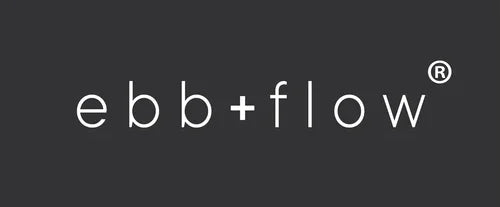Is this the first time you're hearing about Cannabidiol? Maybe you're a CBD veteran already! We're starting from scratch here to try to best inform you of what can sometimes even be a taboo subject...
What is CBD?
CBD stands for Cannabidiol and is one of over 140 chemical compounds known as cannabinoids found in the cannabis or marijuana plant. CBD is one of the major naturally occurring cannabinoids found in the leaves, stems and flowers of the cannabis sativa, legal industrial hemp plant.
The human body actually produces very small amounts of endocannabinoids, they are almost nature identical to hemp plant cannabinoids.
Many of the health benefits associated with cannabis are due to CBD. It can calm your nerves, reduces aches and discomforts, help to fall asleep and stay asleep without hangovers.
In other words, CBD is a naturally occurring component of the hemp plant with great restorative health properties that can be very helpful in creating balance in your wellness. CBD has gained popularity in recent years due to these potential health benefits.
CBD will not get you high
CBD is not psychoactive, unlike the cannabinoid THC. The CBD used in foods, and health and beauty products is from industrial hemp. Industrial hemp, by law, has only trace amounts of THC (<0.2% in the EU) which will not get you high.
You can always access our ebb + flow lab reports that demonstrate purity of your ebb + flow CBD oil proving that our products contain 0% THC.
CBD is not addictive
You can enjoy your CBD products without any addictions. According to a scientific research and report from the World Health Organization there is no evidence that CBD can be addictive. The below confident statement has been published and broadly used.
WHO says: “In humans, CBD exhibits no effects indicative of any abuse or dependence potential…. To date, there is no evidence of public health related problems associated with the use of pure CBD.”
Hemp and CBD has been around for years
Hemp has a long and rich history dating back thousands of years. Its origins can be traced back to ancient civilizations in Asia. It was cultivated there for fibers and seeds.
Ancient Chinese civilizations were primarily using hemp for making textiles. Hemp fibers were woven into fabrics to create clothing, robes and even paper.
Hemp cultivation spread throughout Asia and eventually reached Europe around 1,200 BC. During the 16th and 17th century, hemp played a crucial role in European colonization of the Americas. They were used for production of sails, ropes and clothing. Hemp was thriving in America during the colonial era. It was an essential crop for farmers.
The decline and prohibition started in 20th century as hemp was often confused with marihuana due to the botanical relationship. Several countries implemented strict regulations and prohibition of hemp cultivation.
Thankfully in recent years hemp has been rediscovered. The distinction between industrial hemp and marihuana has become clearer and has been recognised and used for its industrial and health benefits.
Fiber production
The fibers from hemp are known for their strength and ware and tear and therefore still are being used for clothing, robes, canvas and other types of fabric.
Construction and building materials
Additionally, hemp is also used for construction and building materials like insulation and fiber boards. When mixed with lime it is becoming increasingly popular due to its environmental sustainability and insulating properties.
Paper production
Hemp is a great sustainable alternative to wood in the production of paper. It is fast growing crop that requires fewer pesticides and water compared to traditional wood sources.
Food and Supplements
Hemp seed are highly nutritious and can be consumed raw or in food products. They are rich in health fats, protein, fiber, vitamines and minerals. They are most often used sprinkled on salads, cereals or used in baking. Additionally, when the seeds are cold-pressed they become a hemp seed oil. The oil has a nutty flavour and is high in omega-3 and omega-6 fatty acid. In both forms, it is a great addition to a varied diet!
Hemp has been receiving increased attention from scientists in recent years due to its wide potential applications and benefits especially in medicinal properties. Scientists have been studying the potential therapeutic applications of hemp derived CBD in addressing issues like pain management, inflammation, anxiety, epilepsy and overall balance around sleep and stress. The results of the studies are already very encouraging.
Would you like to know more about CBD? Keep reading onto our next blog on What is CBD Used For?
Disclaimer:
These statements are summarized from peer reviewed published scientific literature; however, have not been evaluated by the European Food Safety Authority. CBD products are not intended to diagnose, treat, cure, or prevent any diseases. Always consult your personal care physician about CBD and using CBD products. CBD products should never be used by anyone under the age of 18, those that are pregnant or nursing. The contents of this blog are not intended to provide legal advice regarding the legal status of CBD and CBD products.
Photo by Karolina Grabowska from Pexels
